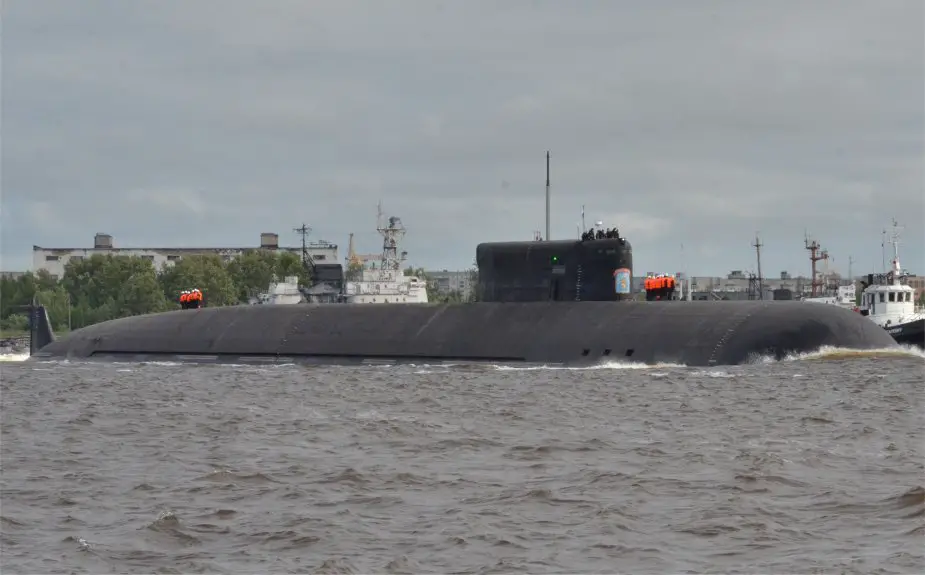Breaking news
Russia completes tests of Poseidon drone on Belgorod submarine.
According to information published by Tass on January 11, 2023, the Belgorod special-purpose nuclear submarine has completed a series of pop-up tests of the Poseidon Unmanned Underwater Vehicle.
Follow Navy Recognition on Google News at this link
 Russian Oscar II class submarine Belgorod. (Picture source: bmpd)
Russian Oscar II class submarine Belgorod. (Picture source: bmpd)
The Poseidon (NATO reporting name Kanyon), previously known by Russian codename Status-6, is an autonomous, nuclear-powered unmanned underwater vehicle under development by Rubin Design Bureau, capable of delivering both conventional and nuclear warheads.
The Poseidon is one of the six new Russian strategic weapons announced by Russian President Vladimir Putin on 1 March 2018.
The Poseidon appears to be a torpedo-shaped robotic mini-submarine that can travel at speeds of 185 km/h (100 kn). More recent information suggests a top speed of 100 km/h (54 kn), with a range of 10,000 km (5,400 nmi; 6,200 mi) and a depth maximum of 1,000 m (3,300 ft).
The typical depth of the drone may be about 50–100 meters (160–330 ft) for increased stealth features in low-speed stealth mode. Low depth in stealth mode is preferred because sound waves move to ocean floor and reduce radius of detection. Submarines use the same strategy in silent running mode.
It is 1.6–2 meters (5 ft 3 in – 6 ft 7 in) in diameter and 24 meters (79 ft) long. The warhead shown in the leaked figure is a cylinder 1.5 meters (4 ft 11 in) in diameter by 4 meters (13 ft) in length, giving a volume of 7 cubic meters (250 cu ft).





























